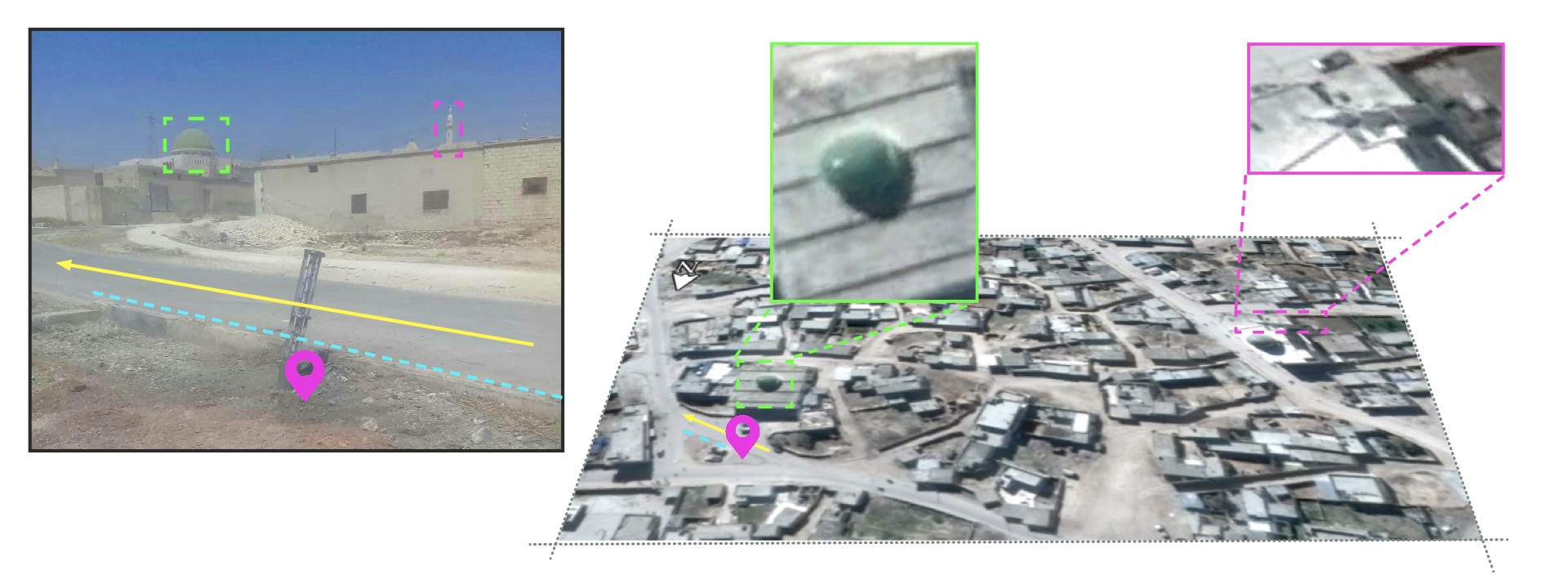#BreakingSyria: Cluster Bomb Debris in Idlib
Pictures reveal the possible use of cluster munitions in Alteh, Idlib
#BreakingSyria: Cluster Bomb Debris in Idlib

Pictures reveal the possible use of cluster munitions in Alteh, Idlib

The Assad regime’s Syrian Arab Army appears to have used cluster munitions against rebel-controlled areas in the province of Idlib, according to pictures circulating on social media.
Cluster munitions pose an immediate threat to civilians by scattering multiple sub-munitions or bomblets over a wide area. Many fail to detonate and leave unexploded sub-munitions that continue to pose a threat long after a conflict ends. Using them against civilian-populated areas could constitute a war crime.
Syria’s civil war is heading into a terminal phase, as the last pockets of rebel resistance come under increasing pressure from pro-regime forces. On August 13, 2018, pictures appeared on social media suggesting the possible use of cluster bombs against rebel-controlled urban areas in Idlib province.
The photos showed what users claimed were remnants of cluster munitions dropped on the southern suburbs of the rebel-controlled town of Alteh (al Tah), in Idlib governorate, on August 13, 2018. They were only shared by a few social media accounts, without going viral or being widely discussed.
https://twitter.com/QalaatAlMudiq/status/1028943829104291840
A reverse Google search of the images yielded no positive matches, which suggested the content had not been posted before, and was more likely to be authentic.
The munition remnants that the Syrian rebel was carrying was highly similar to the cargo section of a cluster munition. Visual comparison of the photos taken in Alteh with photos taken in Slovyansk, Ukraine, in 2014 suggested that these were the 9M27K series of rockets, fired from the Russian-made 9K57 BM-27 Uragan (Ураган; ‘hurricane’) multiple-launch rocket system (MLRS).

As two photos from the post had distinctive background details in them, including green domes and minarets, these photos could be verified by geolocation.

Both picture were taken in close proximity (less than one kilometer) to each other, but far enough to suggest that there were two individual units of cluster bomb remnants.

On August 16, 2018, Alteh was still reportedly under rebel control, approximately 18 kilometers away from the closest SAA controlled territory. It is not the first time that the town was reportedly targeted by cluster munitions. Earlier in 2017, a similar incident was reported, when the Syrian Network for Human Rights posted images of remnants of unexploded cluster munition dropped by suspected Russian warplanes on the agricultural lands near the town.

Conclusion
As the photos that surfaced on August 13, 2018, were not posted before, and it was possible to verify the location against satellite imagery, they served as open source evidence of the likely use of cluster bombs by the SAA against the rebels.
These armaments fall together with other condemned armaments, such as chemical weapons and incendiary munitions, which the SAA and other conflicting parties used extensively throughout the conflict. Several governments, as well as the UN, the International Committee of the Red Cross, and the Cluster Munition Coalition, condemned the use of cluster munitions in the Syrian conflict by the joint Syrian-Russian military operation. These countries are not part of the Cluster Munition Coalition, which is working to eradicate cluster munitions and prevent further casualties from these weapons.
@DFRLab will continue to monitor significant military developments and operations in Syria.
Follow along for more in-depth analysis from our #DigitalSherlocks.

